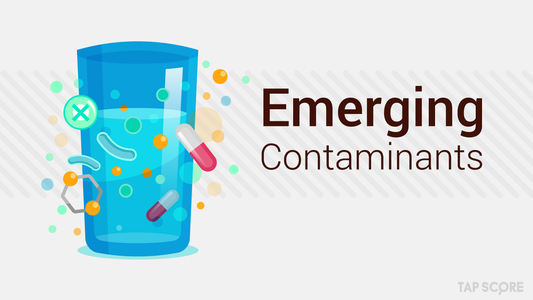
What Are the Lead and Copper Rule Improvements (LCRI)?
The EPA’s proposed Lead and Copper Rule Improvements (LCRI) further protect children and adults from the serious health impacts of drinking lead in tap water.

The EPA’s proposed Lead and Copper Rule Improvements (LCRI) further protect children and adults from the serious health impacts of drinking lead in tap water.

There are thousands of acronyms used by the EPA, water engineers, and public health practitioners. This article provides clarity on important water-related acronyms

What do the Lead and Copper Rule Revisions (LCRR) mean for you? Learn about lead service line replacements, enhanced sampling, testing in schools, and more.

Is bottled water pure and safe? To better understand the bottled water industry, it's important to understand how bottled water is regulated.

Assembly Bill 2370 directly addresses licensed child care centers operating statewide. But actual compliance may still be leaving you with more questions than answers. What exactly is AB 2370 and...

Given the 80,000+ chemicals out there, it's no surprise that there are many we just don't know much about. "Emerging contaminants" enter drinking water in a variety of ways. But...

With over 86,000 chemicals in the Toxic Substances Control Act (TSCA) inventory, learn why thousands of potentially harmful products remain unregulated by the EPA.

Water supplies for more than 7 million Americans in 27 states are contaminated with 1,4-dioxane. What does that mean for your tap water?